Drive Customer Loyalty with a Remarkable App Experience
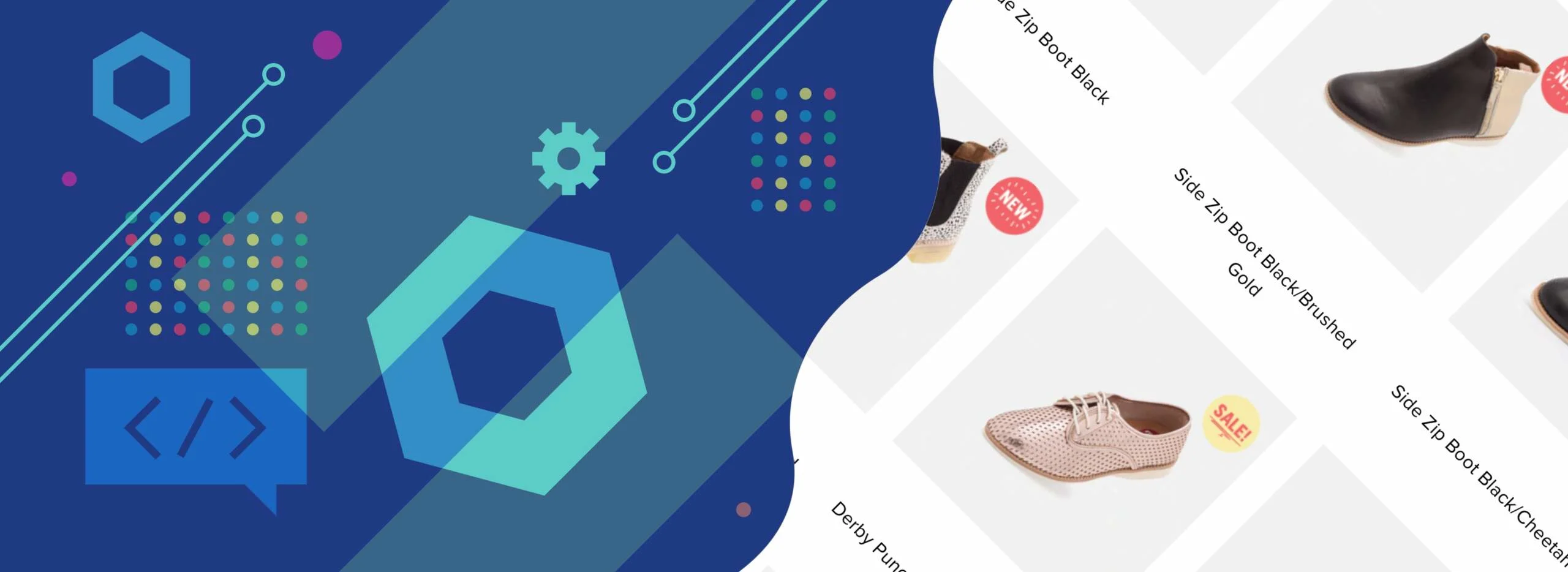

Drive Customer Loyalty with a Remarkable App Experience
Get The Print Version
Tired of scrolling? Download a PDF version for easier offline reading and sharing with coworkers.
A link to download the PDF will arrive in your inbox shortly.
Smartphones are arguably consumers’ most personal devices simply because most of us centralize our lives on them: interpersonal communication, social media, email, banking, and much more live on our homescreens and are accessed with just a tap or two.
When you use a pocket-sized supercomputer to organize the most important touchpoints of your life, you come to expect that level of convenience and personalization across all uses for your smartphone.
Enter the retail app.
As a retailer, you know your customers invest a lot of time, trust, and phone real estate in downloading your app, engaging with the features you’ve built into it, and handing over their personal information for payment and shipping.
This commitment to mobile shopping fuels an especially strong desire for the convenience and personalization offered by every other type of app.
If your customers are willing to let you enter their most personal device, you have to return the favor by making your app’s customer experience just as seamless and personal as the other apps they’ve downloaded before.
A remarkable customer experience involves creating events for customers that are relevant to their individual needs and the products they want.
“Events” aren’t only in-store promotions—they’re also critical to ecommerce brands, and can include an attractive product inventory, a hassle-free way to purchase, excellent customer support, lucrative sales, and a brand personality that makes every customer feel like a VIP.
All of these facets of an exceptional customer experience translate into one great prize for you, the retailer: increased customer loyalty that results in repeat purchases and a great reputation via reviews and word-of-mouth.
However, once you apply those requirements to a platform as personal as a mobile app, it may get a little tricky in this brave new world of online shopping.
But once you’re equipped with the knowledge and tools you need to execute a solid app strategy, you’ll realize it will come as naturally as any other sales channel you’re currently running.
How Is Customer Experience Different From Customer Service?
Customer service is a mandatory pillar of any sales channel.
Your customer service policies and employees are there to solve problems like a payment issue or a glitch in your ecommerce platform.
A solid and strategic customer experience, however, helps prevent those problems.
When you prioritize convenience and personalization in your app’s customer experience, you should be making your customer’s journey as easy as possible, guaranteeing that checkout is more painless than ever, and considering each individual customer rather than your clientele as an ambiguous whole.
10 Ideas To Improve Your App’s Customer Experience
So, what makes retail apps a different kind of challenge from ecommerce websites?
Mobile apps offer features that desktop and mobile websites simply cannot—and as daunting as that sounds, the app’s power in driving engagement and retention should be enough motivation to get to know these features.
Fortunately for you, we have all the information you need—and lots of ideas on how to maximize these features to convert sales and keep customers coming back for more.
1. Optimize your app’s visibility by giving potential app users a preview of the experience your app can offer.
You already know about SEO.
Meet ASO—app store optimization.
It relies on the same principle as SEO: make your sales channel as visible as possible in search results, ads, and more.
Mobile shoppers are already searching the App Store and Google Play Store for the latest shopping options.
They want to know about your app, but they particularly want to know about the experience you will be giving them.
Make your app stand out and dominate search rankings with a few of the following tips:
Give your app a simple name that indicates what your brand sells. For example, BigCommerce merchant Simplicity Hair Oil puts their product right in the app name so app store browsers never have to wonder what they sell. Also, keep your app name short—only the first 19-34 characters will be displayed.
Utilize the app description to win app store users over. Immediately write why downloading the app is beneficial—and then explain your store, your mission, and what you sell. If your brand has a certain voice, slang, or buzzwords, include that, too. Simplicity Hair Oil does this well, as they immediately explain that the app will provide discounts and instant updates on promotions.
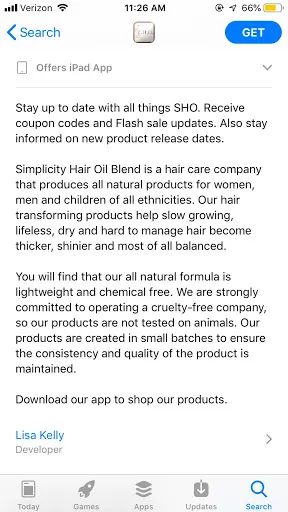
Create attractive and compelling screenshots to display in your app store listing. This is the first impression of the app journey offered to potential customers. Strive to make them want to experience all that your app can do.
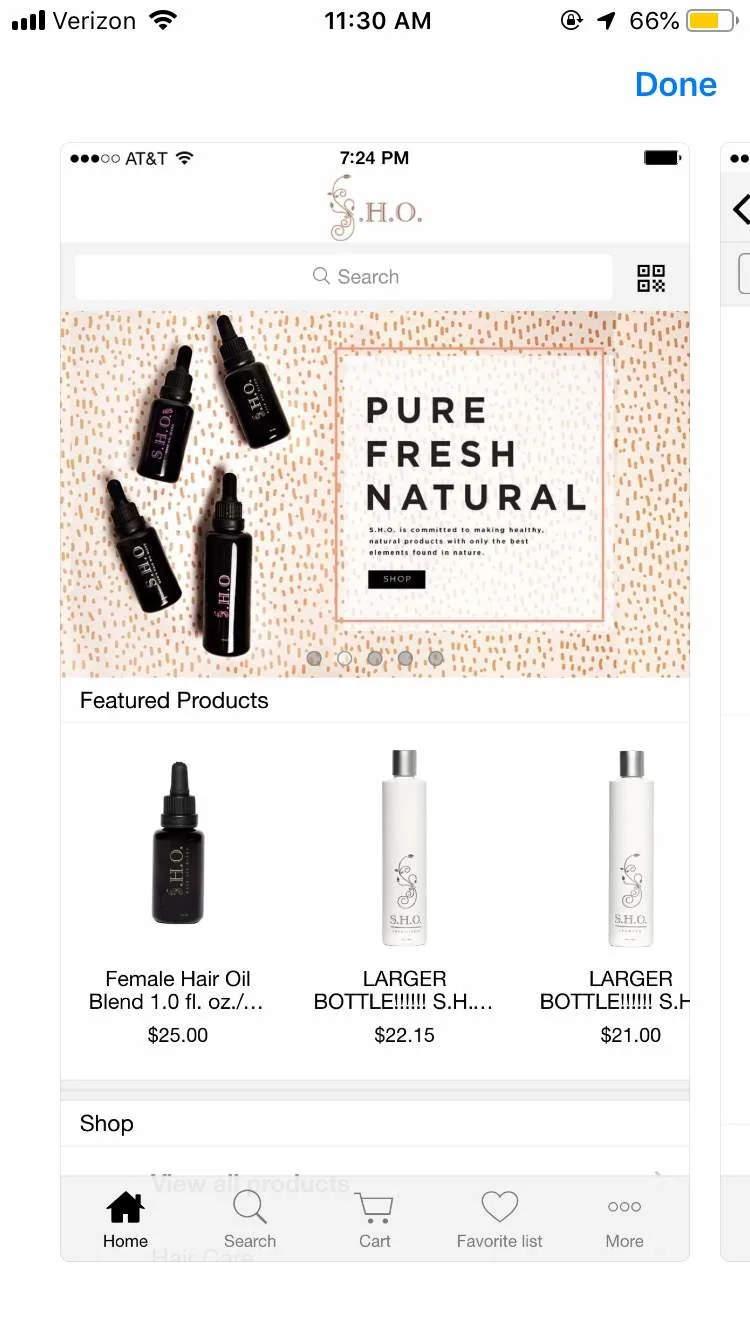
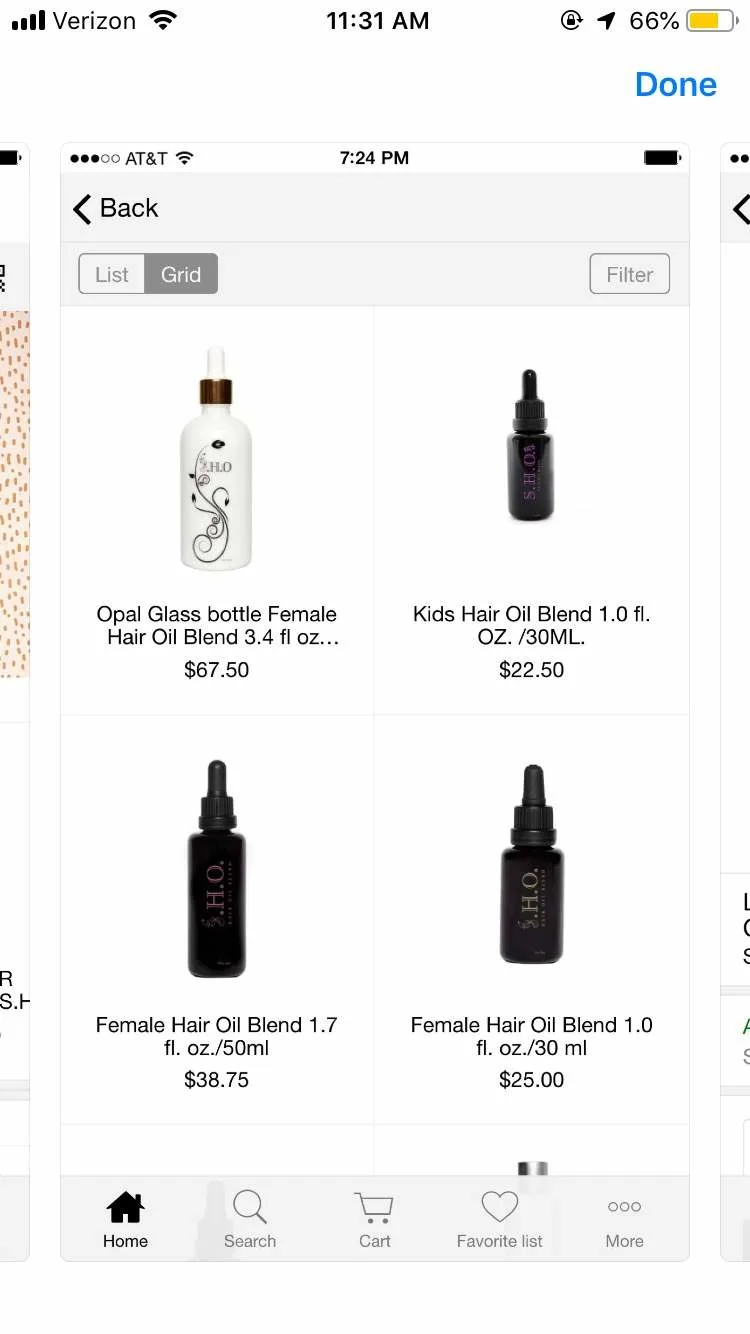
2. Create a beautiful app design that puts your brand front and center.
This is an age-old tip for retailers.
Department stores keep their spaces brightly-lit, well-organized, and stylish.
Ecommerce websites invest a lot of money into ensuring that their web pages are modern, attractive, and easy to navigate.
The app is no exception.
Take time to use beautiful imagery, select easy-to-read fonts, and embrace the branding your customers love throughout every page within your app.
BigCommerce-powered merchant Princess Nail Supply rejected the idea that B2B is stoic and boring.
Keeping with their royal branding, they created an eye-catching app that’s colorful, creative, and showcases their products gorgeously.
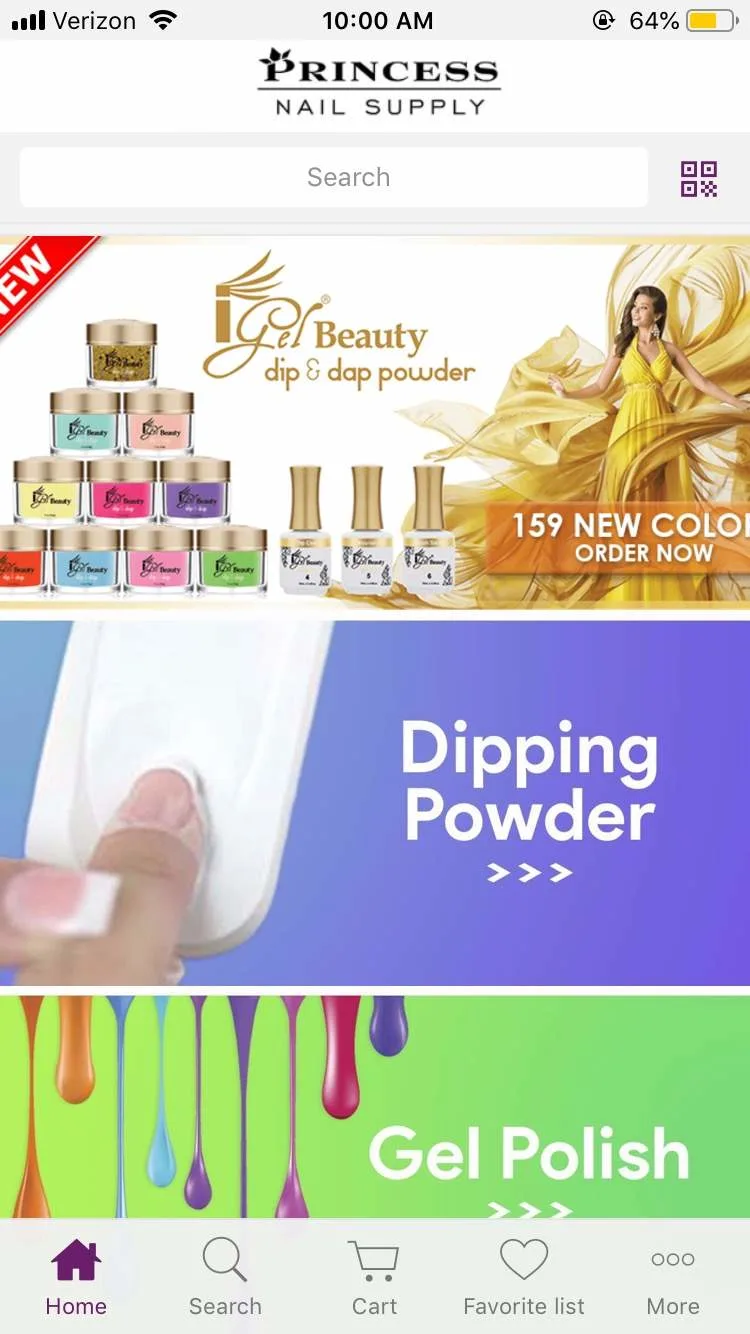
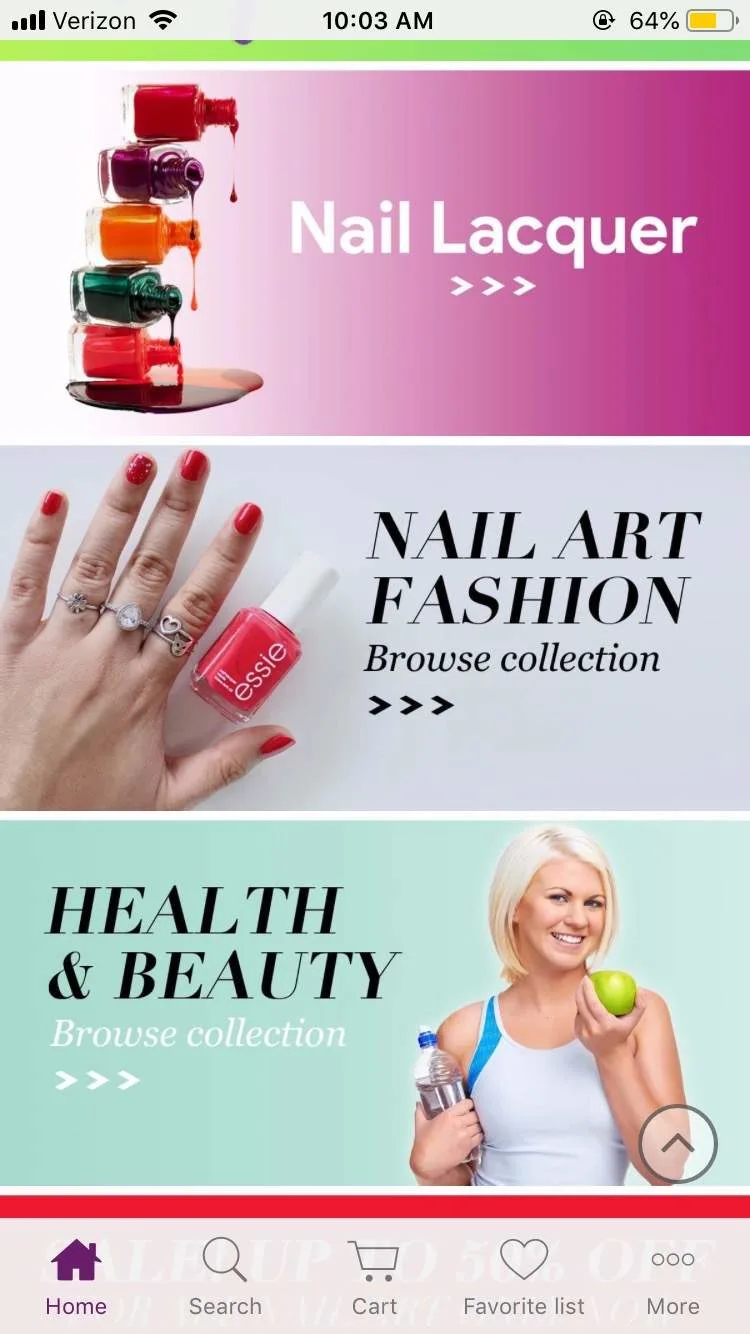
3. Make your app journey as intuitive as possible.
Mobile can be pretty overwhelming—though the touchscreen puts us in full control, it can also allow for some confusion as you try to open menus, tap tabs, and more.
The key here is to make sure your app is intuitive to shoppers—that is, your app simply makes sense to the user.
Organize your homepage to feature your best-selling or seasonally relevant products.
Have a category page so shoppers can go straight to women’s shoes, for example, without having to search through the entire app.
Another good idea is to place a search bar in a prominent location (we recommend the top of your app) so if they have an exact product, category, or even color in mind, they can track down their wants easily.
BigCommerce merchant Enjuku Racing Parts sells exactly what their name suggests—auto parts for a huge variety of makes and models of cars.
Accordingly, they needed to create that logical app journey that will delight rather than frustrate customers.
They successfully implemented this into their app with category lists based on types of cars, types of parts, and more.


4. Bridge the gap between all of your advertising efforts with app-specific features.
Does your store rely on paper advertising, store displays, or detailed online ads?
They’re designed to catch your customer’s eye and pique their curiosity—but all too often, a customer’s attention span stops there.
However, with the power of AdScanner, you can now program markers into your images that can be picked up by your app with just a simple scan of the camera.
Once your customer scans your item with AdScanner, they’ll immediately be taken to the product page for the advertised product.
This eliminates the need for browsing or searching within the app, ultimately reducing the number of clicks and the level of effort required to make a purchase
You can use AdScanner for catalogs, fliers, shipping materials, signs, and online ads.
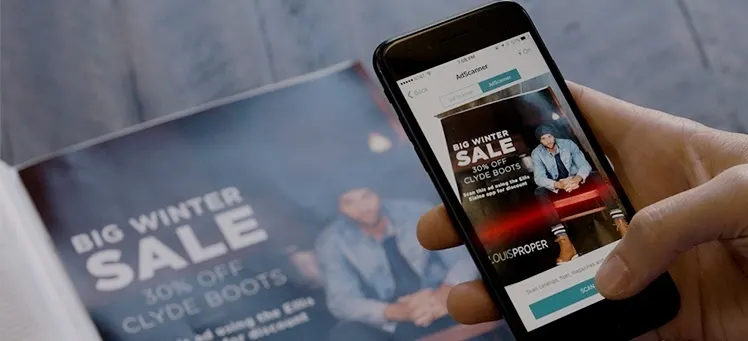
Of course, if you don’t have a robust ad campaign, you can always add QR codes to your packaging materials and such.
QR codes are sweeping the Asian market, and since Apple programmed a QR code scanner into their iPhones, they’re starting to creep their way back into the western market.
Program a QR code to open to a certain landing page in your app or apply a discount code to your customers’ carts—they’ll love the convenience and the reward.
5. Take advantage of push notification automation to cater specifically to customers.
Push notifications—those little messages from apps that pop up on your lock screen—are widely considered to be the app’s silver bullet for sales.
Consumers love them as much as mobile marketers do because they’re the very definition of personalization.
Push notifications always have the potential to make a customer feel special—and that drives app opens and sales conversions.
Automated messaging may sound like the opposite of personalization, but mobile apps are a lot like the targeted advertisements you see on Facebook—they track customer data and behavior to help you target and retarget specific customers and the items they’ve indicated an interest in. Automated messaging has a variety of uses, including:
Targeting users based on the user segments you’ve created in your app admin, including gender, location, and smartphone type.
Alerting users to sales or promotions for the items they’ve marked as “favorites” in your app.
Reminding users that they left an item in their cart without purchasing it.
Sending a friendly “hello” to users who haven’t opened your app in a while. (You can judge for yourself what “a while” means for your brand.)
BigCommerce retailer Seven Clothing Company has a robust push notification campaign that drives opens and revenue. As demonstrated below, sometimes the simplest of automated push notifications can make a customer feel like a VIP.

6. Use one-time push notifications to catch your customer’s eye.
Yes, even a push notification blast to all of your customers can offer that personalized customer experience that we all crave as consumers.
We’re highlighting Seven Clothing Company’s push strategy again because it shows how flexible push notifications can be.
Seven Clothing is the merchandise retailer of popular History Network show Counting Cars.
Since the show has a seriously dedicated audience, Seven Clothing utilizes that to create special messaging for their biggest fans.
When customers see that, they feel like the brand is speaking to them—of course they remember that prized ‘67 GTO—what fan wouldn’t?
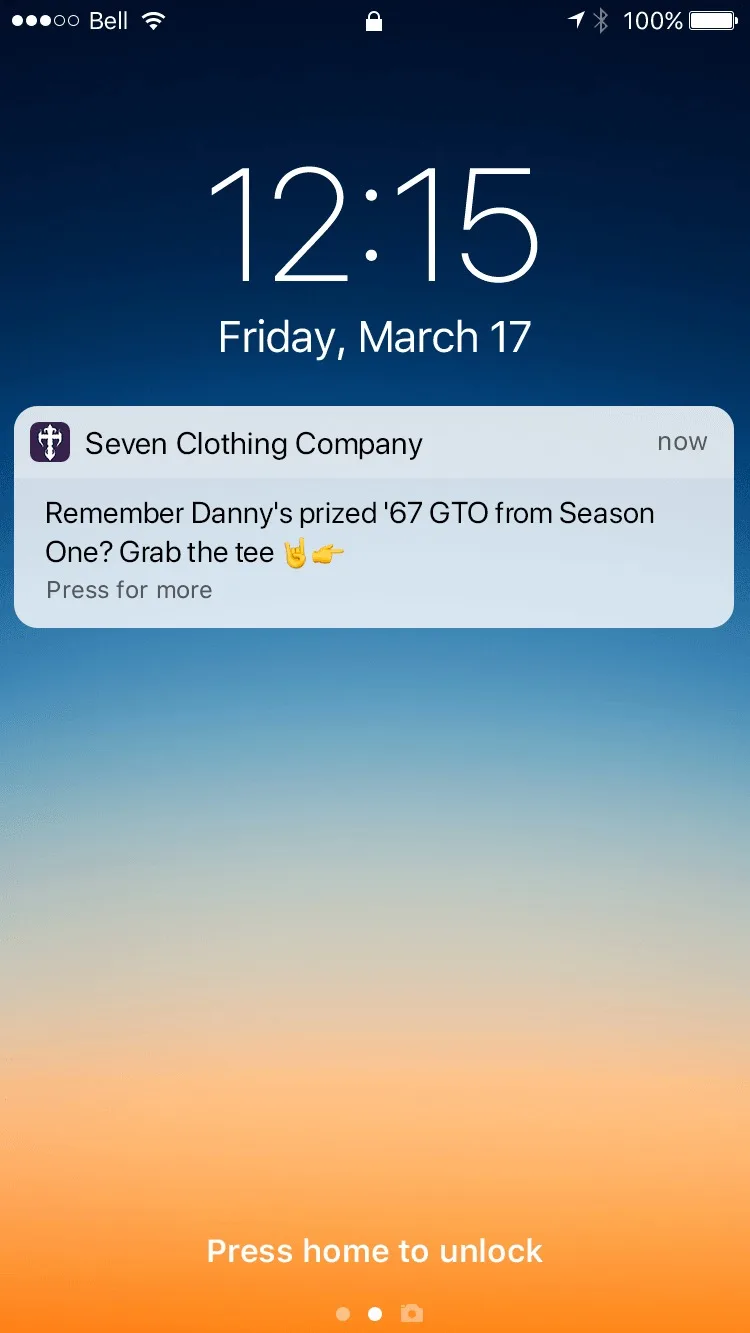
7. Incentivize your customers whenever you can.
What do customers want most from the brands they love?
Good deals, of course!
With an app and the power of push notifications, you always have the ability to offer lucrative discounts and more.
Examples include:
Blasting a small discount, like 20% off all graphic tees.
Sending a modern thank you note after a purchase, such as a promo code for 10% off the customer’s next purchase.
Alerting customers to free shipping for a limited time.
Luring in inactive app users to make them engage with your app again—a promo code like WEMISSYOU can offer a discount.
Offering a small discount or free shipping in return for an app review that will help boost your ASO and brand’s reputation.
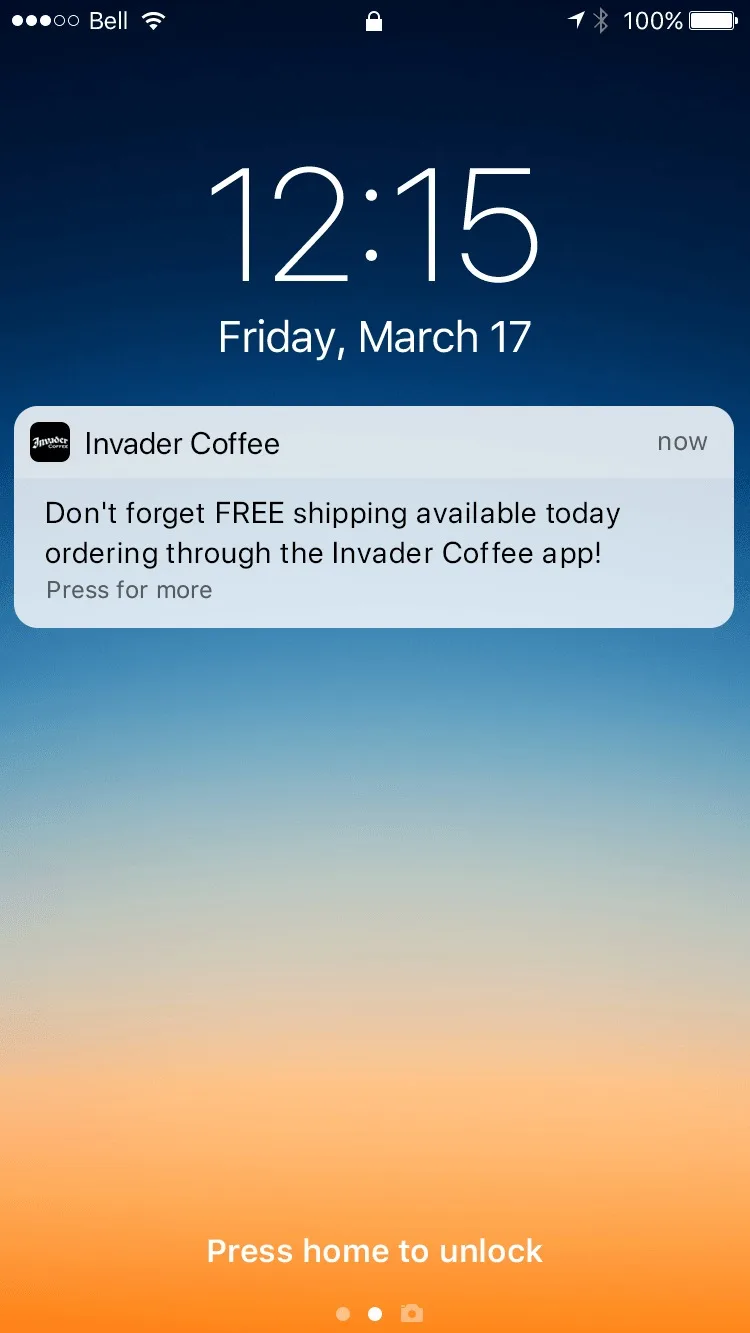
8. Give social media a fresh use with Facebook Live and Instagram Live.
Online “parties” are the latest trend for retailers with large social followings.
They’re a way to fully engage your shoppers’ attention as you display new products, announce a sale, hold contests, and much more.
Use these events to let your customers know that these deals will only be available on the app.
That will make them want to download, browse, and most of all, buy.
You can also broadcast push notifications during your party so viewers can immediately open the landing page of the product you’re showcasing.
Cheekys has mastered another art of mobile marketing.
They hold regular Facebook Live events, and you can access them straight from the app—no searching on Facebook required.
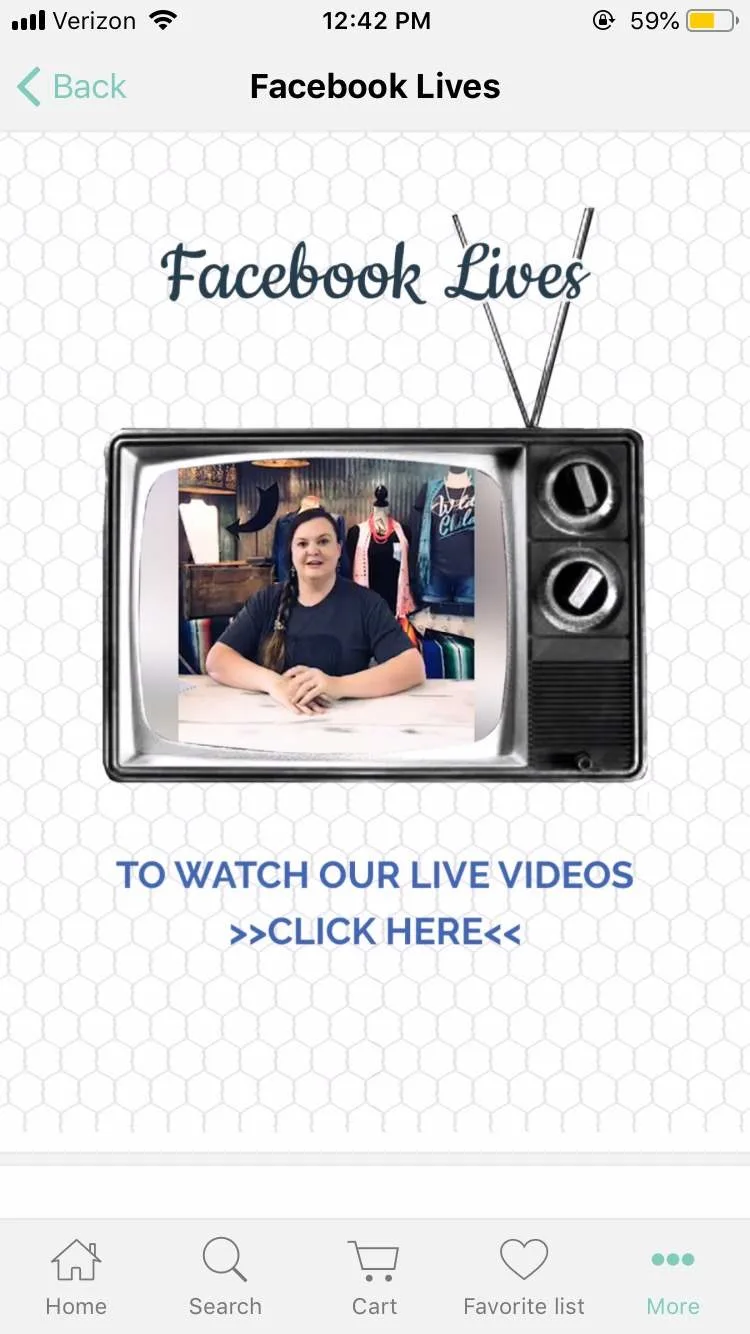
9. Make checkout as painless as possible for your customers.
It’s openly acknowledged in eCommerce that the payment stage sees the most abandoned carts.
However, mobile apps are especially equipped to fight this.
There are three crucial steps in making purchasing the easiest part of your customer experience within the app.
Utilize the power of Facebook Login to register your customers and their information.
If you sell high-price items, consider setting up a monthly payment system so your customers can actually access the products they’re dreaming of. An example of this is Affirm Monthly Payments, which pays you for the product upfront, then collects monthly payments from your customer.
Use a camera-enabled credit card scanner to prevent your customers from having to type in lengthy and repetitive numbers.
Make use of digital wallets. Your customers are already loading their cards into the wallets programmed into their smartphones, whether they use one-touch Apple Pay, Google Pay, PayPal or options offered by popular credit card companies. This requires only a tap to complete the payment—that’s one easy sales conversion for you!
BigCommerce-fueled store Zyppah offers PayPal to their customers who want a truly seamless checkout experience.
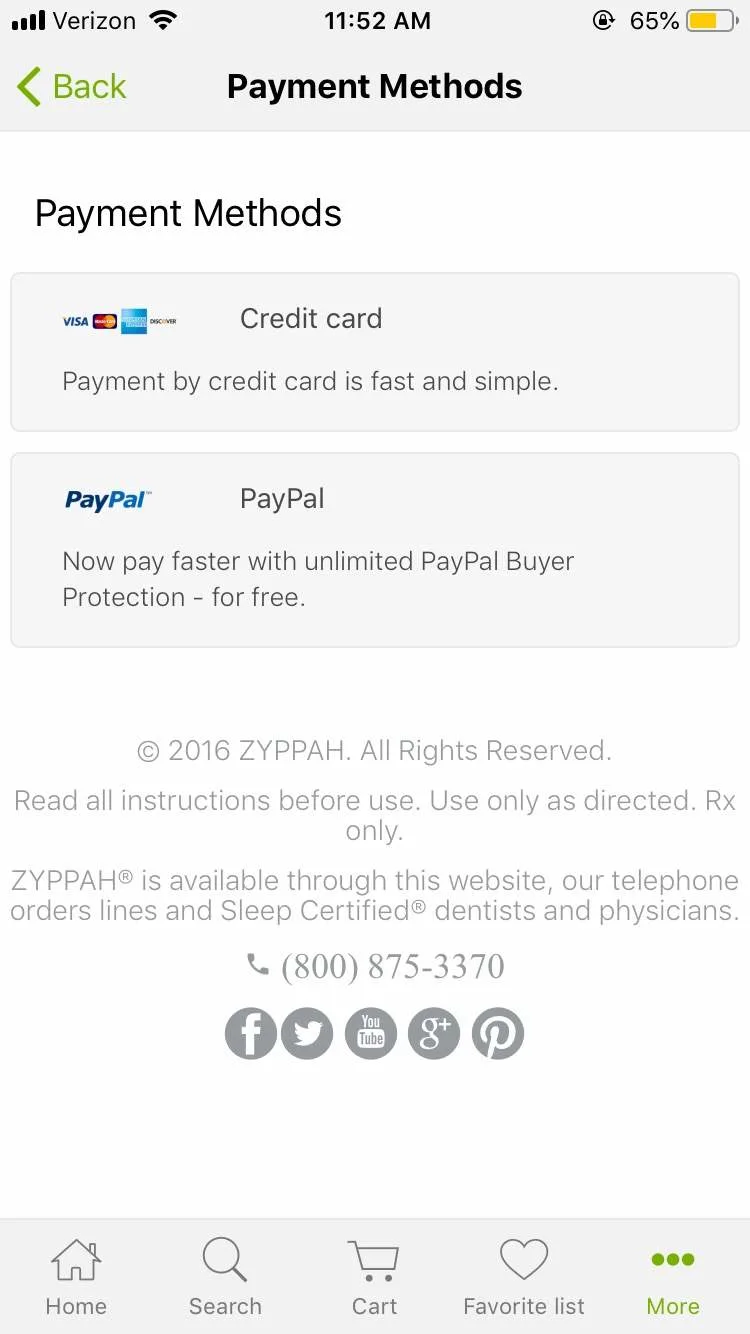
10. When customer experience doesn’t prevent all problems, provide the customer service that all brands need.
Include your contact information in your app—whether that’s a hotline for your customers to call with problems, or an email address dedicated to solving said problems.
You can also utilize chat features, such as Intercom Live Chat, so your customers can talk to one of your customer service representatives right within the app.
Executive Summary
Mobile marketing may seem chaotic to you after reading this article, but it’s really a science—a simple process with guidelines that you must approach as both an ecommerce professional and as a consumer yourself.
Take some time to identify what frustrates you and your customers about shopping.
You’ll likely see the same answers.
Then, follow this guide and figure out how these solutions we’ve offered can solve those grumbles about customer experiences of other apps.
Chances are good that you’ll be well-prepared to take on the app stores and mobile commerce itself, producing a gorgeous and high-functioning app that attracts downloads and converts sales.
But don’t forget—the app’s superpower is customer retention.
Desktop sites and brick-and-mortar stores can’t live in your customers’ pocket, nor can they communicate instantly with customers with the power of push notifications.
Once you’ve reeled in customers and given them the remarkable experiences that they crave, it’s time to focus on retaining them.
Do this with a smart push campaign, lots of incentives, and always reminding them of new product collections or social media events.
Your customers will get hooked—and you’ll be just as fanatic about your repeat buyers.
If you’re contemplating launching a mobile app, please check out this page.
We’ll provide you even more information on these hyper-modern conversion machines, real life success stories about BigCommerce merchants who went mobile, and then we’ll give you an opportunity to reach out for even more info.
Remember, no industry has been left untouched by mobile apps. They are now, quite simply, the expectation for consumers worldwide.

Sarah is a content marketer and public relations professional with a diverse background in tech and bipartisan political communications. She wears many hats at Shopgate, from producing and editing most written content to directly consulting clients. Her passion in mobile commerce is helping small-to-mid-market clients maximize their copy across all of their channels to acquire and engage shoppers, convert sales, and retain loyal customers. You can request copy help with your Shopgate mobile app here.


